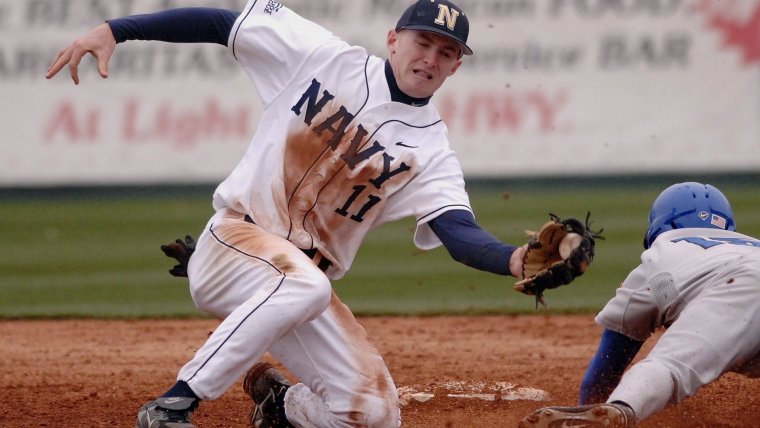| Health / Health News |
Physical Activity Brings Lasting Bone Benefits
NIH, US | MAY 17, 2014
A study of professional baseball players showed that some benefits of building bone during youth can last a lifetime. The research also confirmed that continued physical activity can help maintain bone strength as we age.

Photo: John Collins/US Navy.
Bone is a living tissue that responds to physical activity by becoming heavier, bigger, and stronger. It does this best during youth. Bone mass usually peaks during the third decade of life. After that, we often begin to lose bone.
A team led by Dr. Stuart J. Warden of Indiana University explored whether any bone benefits of physical activity during youth persist with aging. Previous work found that mechanical loading during a period of rapid growth conferred lifelong benefits in bone size and strength in rodent models.
To test whether the same holds true for humans, the researchers recruited more than 100 professional baseball players at different stages of their careers.
Baseball players have a unique internal control for such a study. Their throwing arms are exposed to repeated mechanical loads, while their non-throwing arms aren’t. Baseball players also often retire from stressful throwing activities once they stop professional play. This allowed the scientists to explore the effects of physical activity long after players return to more typical activity. Almost 100 age-matched controls were also studied for comparison.
The researchers focused on the humerus, the upper arm bone running from shoulder to elbow. They used quantitative CT scans and dual-energy X-ray absorptiometry (DXA) to measure bone size and bone mineral density.
The loads on humeral bones from repeated pitches, the researchers found, led the bones in throwing arms to nearly double in strength. The throwing arms of baseball players had more bone on the outer surface of the humerus (cortical bone), creating a bone with a bigger diameter. Compared to humeral bones in non-throwing arms, those in throwing arms had about 50% greater mass, size (total cross-sectional area), and thickness.
The bone mass benefits from throwing were gradually lost after throwing activities ended. Bone loss during aging occurred mostly on the inside of bones rather than the outside.
Because of this pattern of bone loss, about half the bone size benefits of physical activity during youth and one-third of the bone strength benefits were maintained lifelong. Players who continued throwing during aging experienced less bone loss on the inside of the bone and maintained even more of the strength benefits.
“Exercise during youth adds extra layers to the outer surface of a bone to essentially make the bone bigger,” Warden says. “As bone loss during aging predominantly occurs on the inside rather than outside of a bone, the bigger bone generated by physical activity when young has a means of sticking around long-term to keep the skeleton stronger.”
This study demonstrates the importance of building bone during youth. It also highlights the fact that physical activity during aging can continue to help fend off bone decay.
YOU MAY ALSO LIKE



